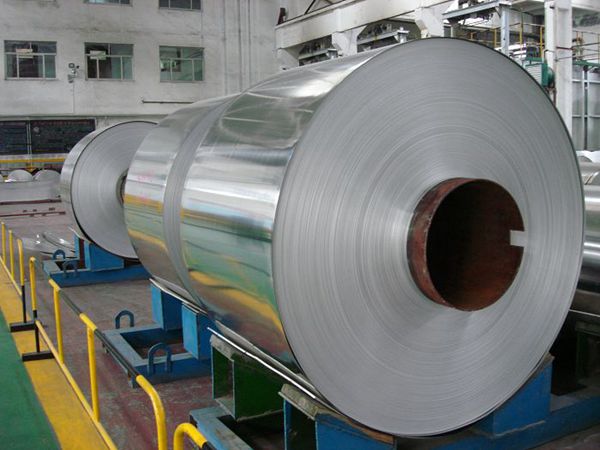Introduction:
Aluminum alloys are widely utilized in various industries due to their lightweight nature, corrosion resistance, and versatility. Among the popular aluminum alloys, 5251 and 1050 find extensive use for different applications. In this article, we will conduct a comparative analysis of aluminum 5251 and 1050, exploring their unique properties, performance characteristics, and applications in diverse industries.
-
Aluminum 5251:
Aluminum 5251 is a non-heat treatable alloy that belongs to the 5xxx series. It is primarily composed of aluminum and magnesium, with trace amounts of other elements. This alloy offers good corrosion resistance and high strength, making it suitable for a range of applications. Additionally, it exhibits excellent weldability and formability, allowing for efficient fabrication processes.
-
Aluminum 1050:
Aluminum 1050 is a commercially pure aluminum alloy known for its high thermal and electrical conductivity. It belongs to the 1xxx series and is composed of 99.5% aluminum, with small amounts of other elements. This alloy has excellent corrosion resistance in various environments and exhibits good formability. However, it has lower strength compared to other aluminum alloys.

Properties and Performance Comparison:
Strength and Mechanical Properties:
Aluminum 5251 offers higher strength compared to aluminum 1050. It has a higher tensile strength and yield strength, making it suitable for applications that require structural integrity and resistance to high loads and stress. Aluminum 1050, on the other hand, has lower strength but higher ductility, making it more malleable and easier to form.
Corrosion Resistance:
Both aluminum 5251 and 1050 exhibit good corrosion resistance. They are resistant to atmospheric corrosion and can withstand exposure to various environments. However, aluminum 5251, with its magnesium content, offers higher resistance to corrosion, especially in marine and industrial environments.
Formability and Weldability:
Aluminum 5251 and 1050 both exhibit excellent formability and weldability. They can be easily shaped, bent, and formed into intricate designs. They are also highly weldable, allowing for efficient fabrication and assembly processes. However, aluminum 1050, being a pure aluminum alloy, has slightly better formability and is more suitable for applications that require intricate shapes and designs.
Applications:
-
Aluminum 5251:
Aluminum 5251 finds applications in various industries, including automotive, marine, and architectural sectors. Its high strength and corrosion resistance make it suitable for structural components, such as panels, frames, and body parts in the automotive industry. Additionally, it is used in marine applications, such as boat hulls and decks, due to its excellent corrosion resistance in saltwater environments. In the architectural field, 5251 is employed for cladding, roofing, and facade systems.
-
Aluminum 1050:
Aluminum 1050 is commonly used in electrical and chemical industries due to its high electrical conductivity and corrosion resistance. It is utilized in electrical transmission lines, conductors, and heat sinks. Additionally, it finds applications in chemical processing equipment, food and beverage containers, and reflectors. Its formability makes it suitable for cosmetic applications, such as decorative trim and signage.
Conclusion:
In conclusion, aluminum 5251 and 1050 are two aluminum alloys with distinct properties and applications. Aluminum 5251 offers higher strength and superior corrosion resistance, making it suitable for structural and marine applications. Aluminum 1050, with its high electrical conductivity and excellent formability, finds use in electrical and chemical industries. Understanding the specific properties and applications of these alloys empowers industries to make informed decisions when selecting the most appropriate aluminum alloy for their specific requirements.
Related Posts
Contents
